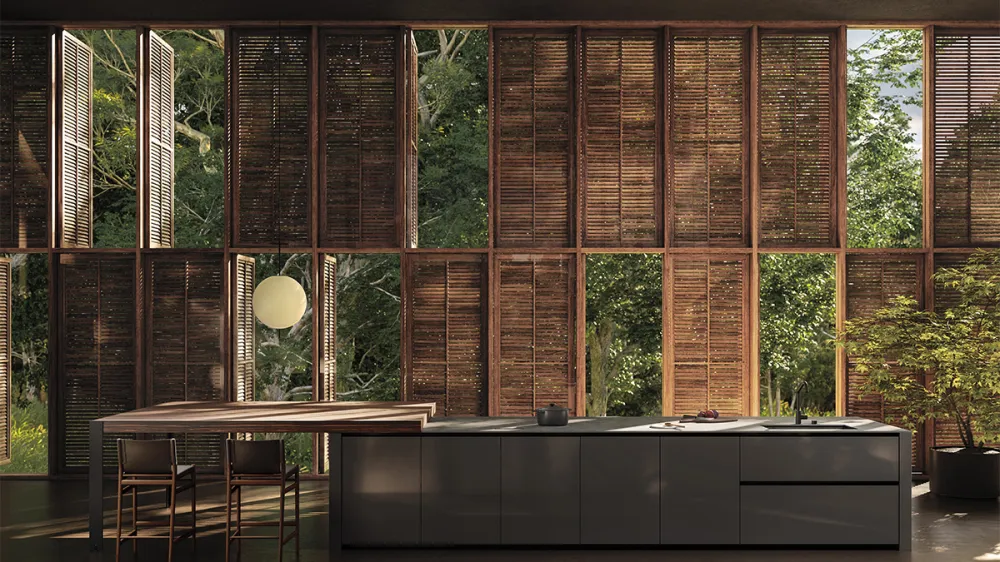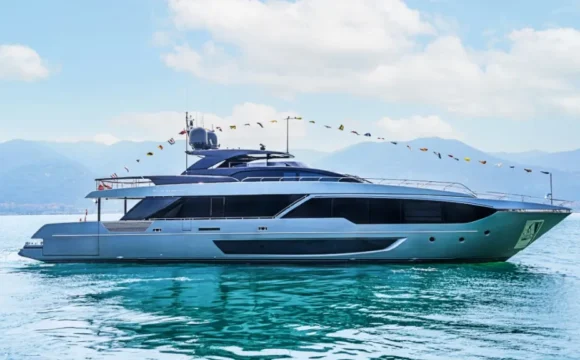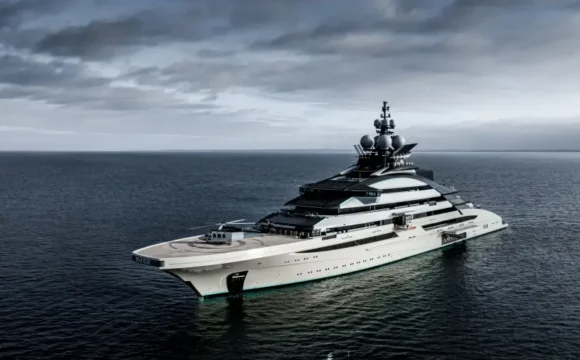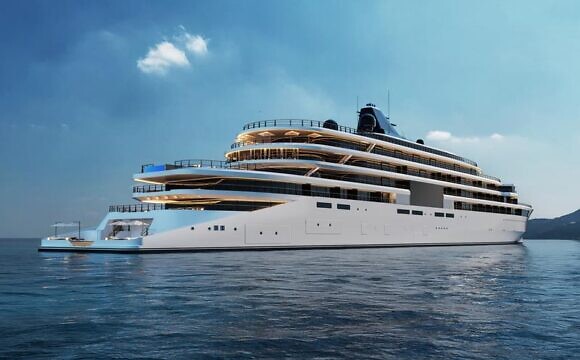เส้นทางของ Piero Lissoni ในด้านสถาปัตยกรรมและการออกแบบนั้นผูกพันอย่างลึกซึ้งกับห้องครัว ตั้งแต่ช่วงแรกของอาชีพ วัยเด็กเขาเติบโตที่เมืองมิลาน ได้ซึมซับบทสนทนาที่โต๊ะอาหารค่ำกับครอบครัวเกี่ยวกับความทะเยอทะยานด้านความคิดสร้างสรรค์ของเขา เมืองมิลานนี้เองที่เขาได้ก่อตั้งสตูดิโออพาร์ตเมนต์แห่งแรกของเขา ปูทางสู่เส้นทางอาชีพที่รุ่งโรจน์ในการออกแบบพื้นที่ต่างๆ ไม่ว่าจะเป็นห้องเรียน สำนักงาน และสตูดิโอทั่วโลก ในปี 1986 ขณะอายุ 30 ปี Lissoni ตัดสินใจครั้งสำคัญเข้าร่วมงานกับ Boffi บริษัทผู้ผลิตห้องครัวระดับหรู ซึ่งเขาอธิบายว่าเป็นก้าวกระโดดที่สำคัญในเส้นทางอาชีพของเขา
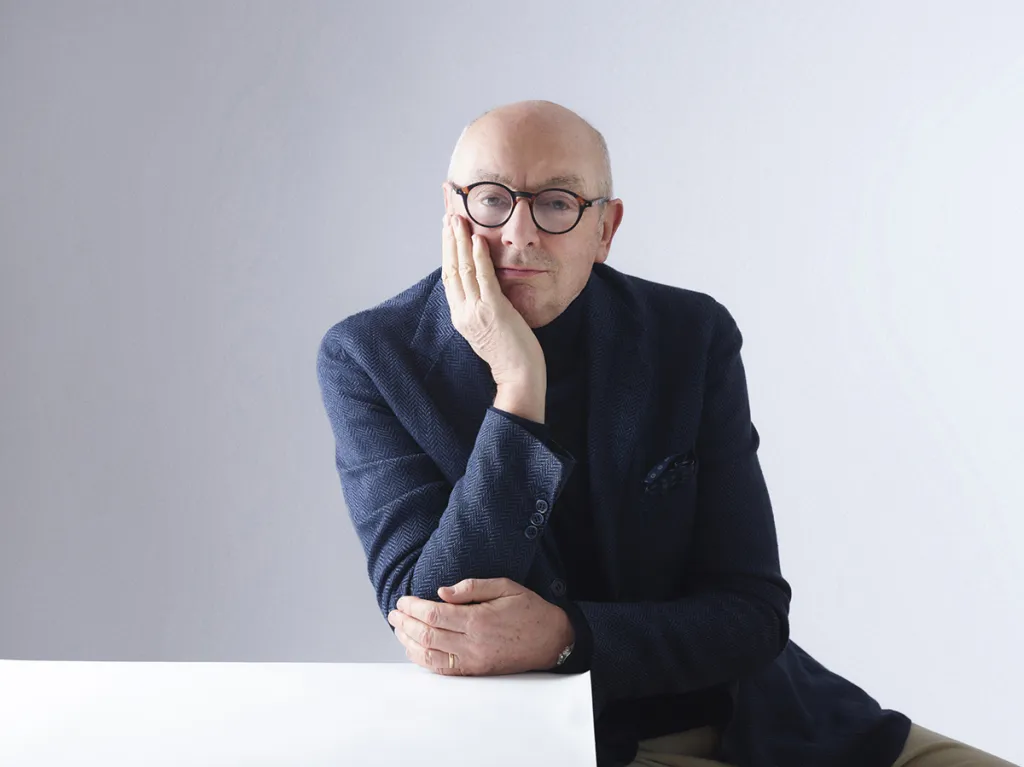
VERONICA GAIDO
เมื่อเข้าร่วม Boffi Lissoni และ Roberto Gavazzi ซีอีโอคนปัจจุบัน ได้ริเริ่มการเปลี่ยนแปลงองค์กรครั้งใหญ่เพื่อฟื้นฟูบริษัท Boffi ที่ก่อตั้งขึ้นในช่วงทศวรรษที่ 1950 และสูญเสียความเป็นผู้บุกเบิกไปบ้างในช่วงกลางทศวรรษ 1980 วิธีการของ Lissoni และ Gavazzi นั้นรอบด้านและมุ่งเน้นไปที่อนาคต ครอบคลุมเทคโนโลยี สุนทรียศาสตร์ การสื่อสาร และอีกมากมาย ความร่วมมือของพวกเขาช่วยฟื้นฟูจิตวิญญาณแห่งความคิดสร้างสรรค์ของ Boffi และตอกย้ำตำแหน่งผู้นำในอุตสาหกรรมอีกครั้ง
หลักการออกแบบของ Lissoni ฝังรากลึกอยู่ในแนวคิด humanis) และแรงบันดาลใจที่หลากหลาย ตั้งแต่ละคร เวอร์ชั่น และ บทกวี ไปจนถึง ภาพถ่าย และ แฟชั่น ที่สำนักงาน Lissoni & Partners ในมิลาน เขารวบรวม Wunderkammer (ห้องจัดแสดงของแปลก) ที่จัดแสดงวัตถุที่เป็นแรงบันดาลใจให้เขา ซึ่งเน้นย้ำถึงอิทธิพลทางความคิดสร้างสรรค์ที่กว้างไกลของเขา การศึกษาที่มหาวิทยาลัย Polytechnic University of Milan ภายใต้การดูแลของปรมาจารย์ด้านการออกแบบ ยิ่งช่วยเสริมมุมมองของเขามากขึ้น นำไปสู่การก่อตั้ง Lissoni Associati ร่วมกับ Nicoletta Canesi

COURTESY OF LISSONI & PARTNERS
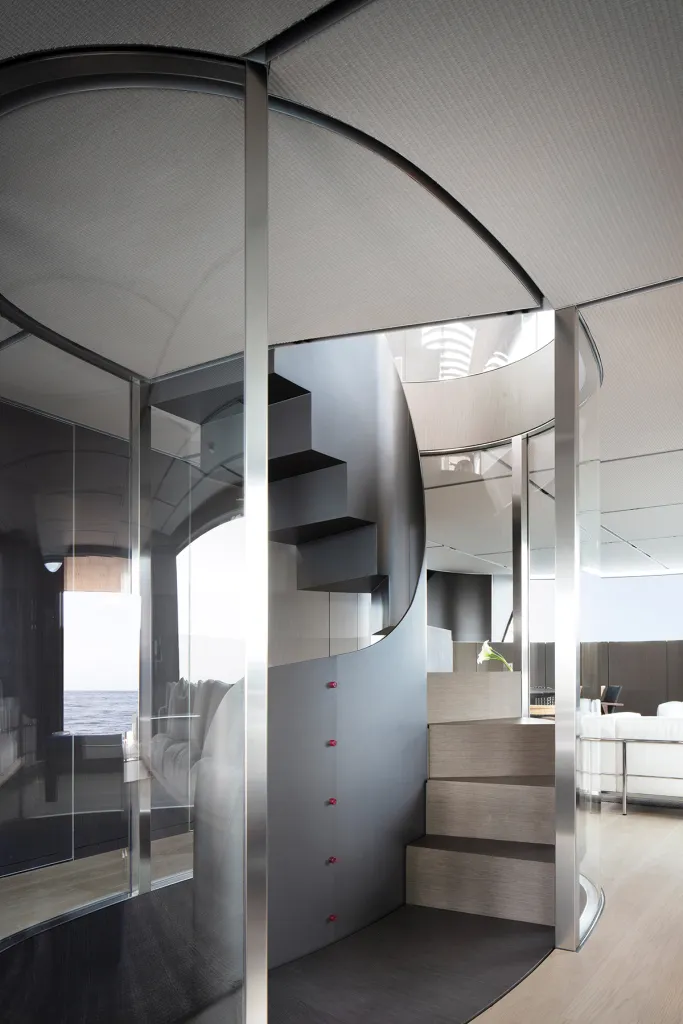
COURTESY OF LISSONI & PARTNERS
จากบทความโดย Rachel Gallaher
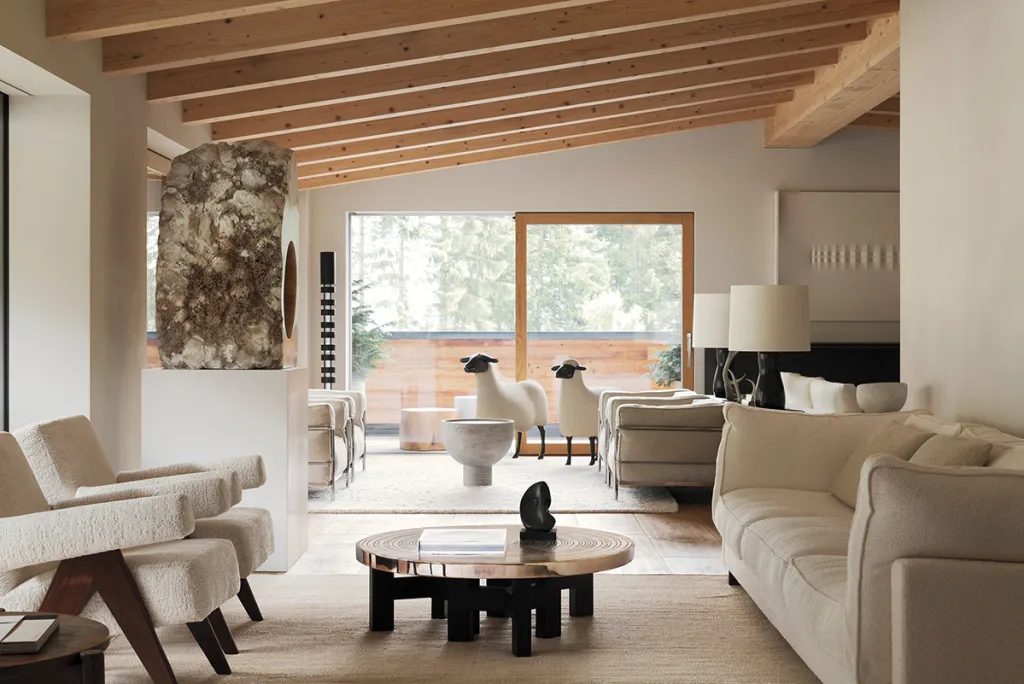
COURTESY OF LISSONI & PARTNERS
Piero Lissoni’s journey in architecture and design has been deeply intertwined with kitchens, starting from his early career stages. Raised in Milan, he immersed himself in conversations at the family dinner table about his creative aspirations. It was in Milan where he established his first studio apartment, setting the stage for his illustrious career in designing spaces that span classrooms, offices, and studios globally. In 1986, Lissoni made a pivotal move at the age of 30 to Boffi, renowned for luxury kitchens, describing it as a significant leap in his career trajectory.
Upon joining Boffi, Lissoni, alongside Roberto Gavazzi, the current CEO, embarked on a transformative journey to revitalize the company. Boffi, founded in the 1950s, had lost some of its pioneering edge by the mid-1980s. Lissoni and Gavazzi’s approach was comprehensive and forward-thinking, touching on technology, aesthetics, communication, and more. Their collaboration reinvigorated Boffi’s creative spirit and reaffirmed its position as an industry leader.
Lissoni’s design philosophy is deeply rooted in humanism and an eclectic mix of inspirations—from theater and poetry to photography and fashion. At Lissoni & Partners in Milan, he curated a Wunderkammer (cabinet of curiosities) displaying objects that inspire him, underscoring his broad creative influences. His education at the Polytechnic University of Milan under design masters further enriched his perspective, leading to the founding of Lissoni Associati with Nicoletta Canesi.
Beyond kitchens, Lissoni has left his mark across diverse realms, serving as creative director for brands like Alpi, B&B Italia, and Sanlorenzo Yachts. His portfolio includes residential, commercial, and hospitality projects worldwide, characterized by his elegantly minimalist style. Lissoni emphasizes the complexity behind achieving simplicity, steering clear of banality in his designs.
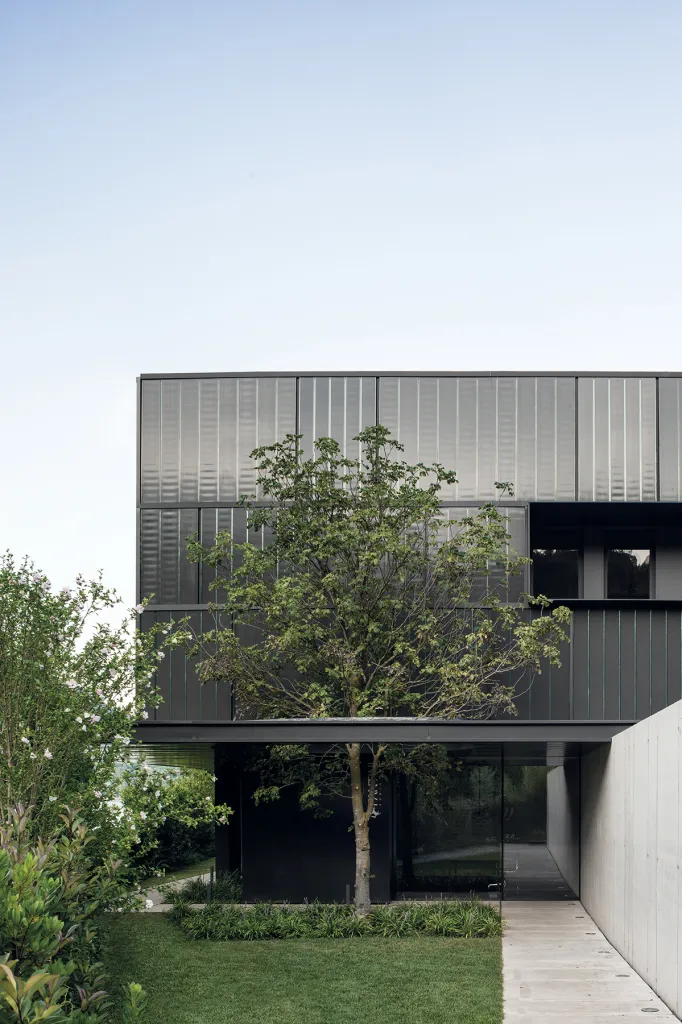
SIMONE BOSSI
Known for his experimentation with materials and processes, Lissoni injects playfulness into his creations—whether through innovative architectural elements or bold color choices. His collaborations extend to luxury yacht interiors and cutting-edge projects like the superyacht with Siemens Energy’s fuel system.
Despite his prolific output, Lissoni maintains an insatiable curiosity that drives his design practice forward. His commitment to drawing by hand underscores his belief in infusing projects with genuine meaning and personal connection. For Lissoni, design is not merely a profession but a lifelong pursuit fueled by relentless curiosity and a profound connection to the human experience.
From the article by Rachel Gallaher

